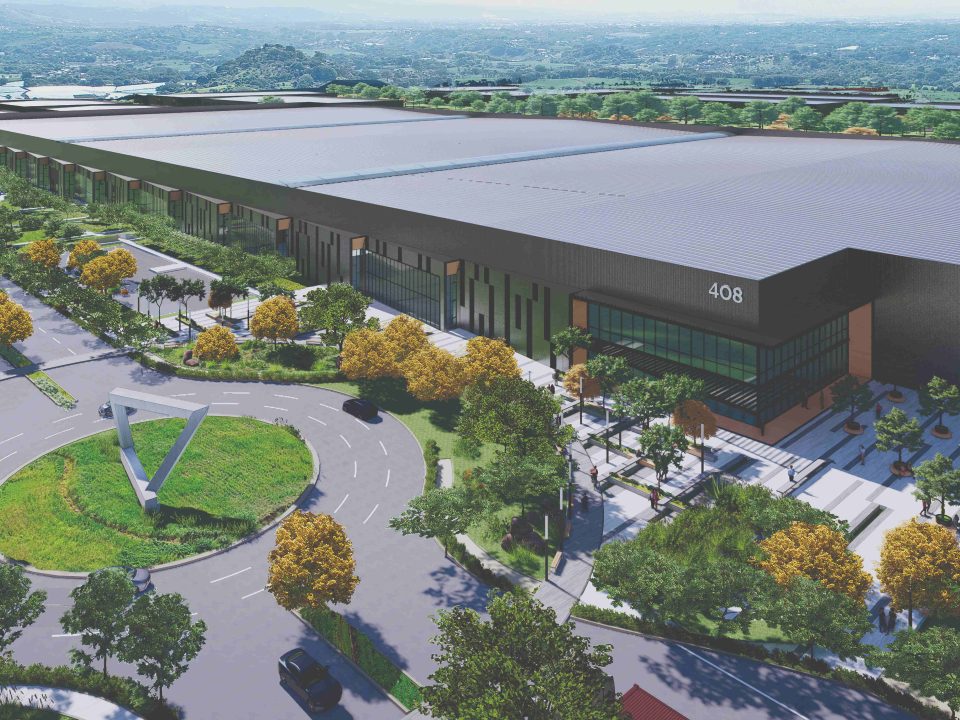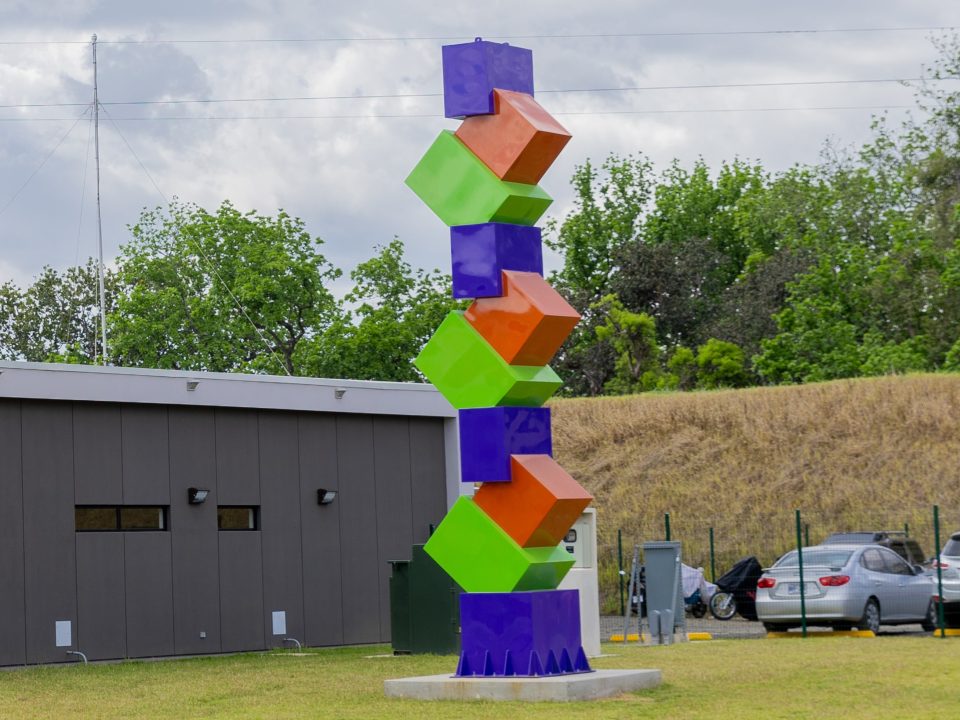
News
What does it mean to be a Future-Ready operation?
December 2023. In today’s rapidly evolving business landscape, the term “future-ready operation” has gained significant prominence. But what exactly does it mean to be future-ready, and how can organizations ensure they are prepared to thrive in an ever-changing world?
Understanding the concept:
To be future-ready is to possess the readiness and adaptability to navigate and excel in an uncertain and dynamic future. In the context of organizations, being future-ready entails embracing a holistic approach that encompasses various aspects of operations, strategy, and culture.
This has risen in importance after the COVID-19 pandemic, as businesses needed to adapt their economic models almost immediately to the new reality, and then going back to an altered reality. Without a doubt, the biggest learning of all this was that change can strike at any moment and uncertainty can kill your company.
The future-ready framework:
According to Accenture, a future-ready company has the capacity to meet both current and long-term needs, with forward-thinking as a main pillar of its strategy. Moreover, every decision is elevated by smart operations to provide transformational value.
These businesses can be likened to a well-structured framework that includes:
1. Talent: A future-ready organization’s workforce comprises individuals who are not just open to change but actively seek opportunities for growth and innovation. Nurturing talent and empowering employees to adapt and collaborate is key. As a result, more than one-third (34%) of future-ready organizations have already adopted an agile workforce strategy at scale. “By fostering a human+machine workforce where technology helps people (not the other way around), organizations can allocate work to realize efficiencies. People will then be freed up for more creative and critical thinking—the best way to identify new sources of value.”

2. Process and data: Future-ready processes are forward-thinking and agile, designed to stay ahead of the curve. The data analysis allows them to be ahead of their time and make data-driven decisions. Consequently, more than half (52%) of the organizations with future-ready operations are already using analytics at scale.
By using diverse data (structured and unstructured, internal and external, value chain vs. siloed) and elevating data quality, executives will be able to combine the best of both in a continuous feedback loop.”
3. Digital Transformation Essentials: End-to-end digitized and transformed processes like the inclusion of AI, cloud computing and others are crucial in this phase.
Among organizations with future-ready operations, 38% are scaling AI, with 63% planning to have scaled AI in three years. In stark contrast, just 1% of efficient organizations are currently scaling AI. Less than 20% expect to have scaled AI in three years.”
4. Policy: Policies in a future-ready organization align with sustainability and innovation.
Dual goals of a future-ready operation
MIT Management Sloan School advice that a company aspiring to be future-ready typically pursues two simultaneous goals:
1. Operational Efficiency: This involves using digital technologies to streamline processes, reduce costs, and enhance productivity. Automation, data utilization, and agility play pivotal roles in achieving this goal.
2. Innovation and Value Creation: Future-ready organizations leverage digital tools and practices to innovate, create new offerings, engage customers in novel ways, and develop innovative business models. This enables them to stay ahead of competitors and capture new revenue streams.
These companies always have their big goal in mind and work to close the gap to achieve it in the shortest span of time. Additionally, this transformation always comes up with higher financial performance.
How to measure success of a future-ready operation?

Value from Operations:
This includes cost reduction, increased efficiency, and agility achieved through modular components and process automation.

Value from Customers:
Organizations generate this value by providing excellent customer experiences, solving customer problems, and fostering loyalty through cross-selling and new offerings.

Value from Ecosystems:
As companies increasingly adopt partner-based business models, value from ecosystems becomes a significant contributor to overall performance.
To succeed in the journey to becoming future-ready, organizations should embrace universal behaviors like early exploration of knowledge, aggressive learning with a viewpoint, clear decision-making, and the pursuit of differentiation through deep digitalization. These behaviors align with industry insights that emphasize the importance of going “deep,” branching out, and focusing on new viewpoints.
Thanks to CODE Development Group’s more than 20 years of experience, Evolution Free Zone is a pioneer in the next generation of free zones in Costa Rica, aiming at helping companies achieve the state of future-ready while working towards the same goal themselves.
Our primary focus will be on data analysis and process automation, which are crucial aspects for companies involved in the medical devices industry.
Regarding talent, Costa Rica is a success story in the region when it comes to developing a highly skilled workforce, and our strength lies in recruiting individuals who can specialize in handling the machinery and technologies necessary for the business, freeing them from operational tasks.
Evolution Free Zone is as a solution not only in terms of infrastructure for companies looking to operate but also to ensure growth, aligned with the needs of the world and the market. We always keep in mind who our customers are (their purpose, values, and culture), how they operate (their structure, decision-making processes, and talent requirements), and finally, how they grow (through their work ecosystem, technological platforms, and learning process).
In conclusion, being a future-ready operation is about embracing change, innovation, and adaptability at every level of an organization. It’s a commitment to staying ahead of the curve, meeting customer needs, and creating value in an ever-evolving world. By incorporating the framework, pursuing dual goals, and fostering foundational capabilities, organizations can chart a course toward a future where they not only survive but thrive.





